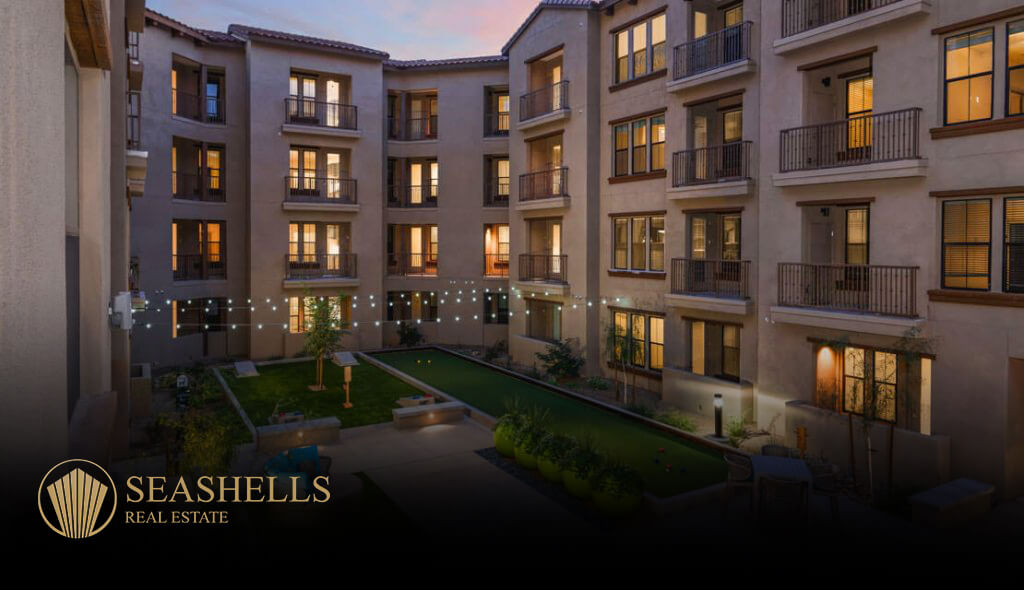Vertical living – The most sustainable and sensible form of housing

Colombo is a bustling city and, a growing city. Like many other developing Asian countries, where people flock to their capital cities in search of a better life, Colombo has been seeing its fair share, particularly since the last 10 to 15 years. As a result, today, Colombo has become a car-clogged city, where traffic during peak hours is a nightmare. At the same time, land prices in Colombo has sky rocketed with supply unable to meet the demand, pushing more and more people into Colombo suburbs and making the traffic situation even worse.
According to government statistics around 60, 000 vehicles, including 45, 000 light vehicles enter Colombo on a normal working day and the number is steadily increasing. As we all can imagine, this has massive implications to the environment and Colombo’s air quality and standard of lives of the people as they are compelled to spend invaluable hours on the road that could have been otherwise spent with their loved ones or engaging in some productive work. So what is the solution for this? We believe vertical living can be a sustainable solution to address this issue. With the shortage of buildable land plots, regular influx of people to the city and traffic congestion, vertical living is now becoming more of a necessity than an option that we could consider.
Compared to capitals of some of our Asian peers, where apartments consist of 60-70 percent of the housing, in Colombo it is less than 5 percent. In fact, city planners have been advocating for vertical living for long, especially within Colombo city and its key suburbs. But policy makers have done little to take this ideal forward, creating significant imbalance in the society and the economy. However, it is encouraging to see the recent entrance of vertical living into the suburbs such as Rajagiriya, Battaramulla, Dehiwala, Mount Lavinia and Wattala.
The government should encourage vertical living and ensure that its can be sustained into the future. It is also important to make vertical living affordable. For developers to price apartments at affordable levels, the construction cost, which is extremely high in Sri Lanka’s case should come down. The government needs to revisit tariffs and taxes applicable to the construction sector as most construction materials are imported while cost of the labour component remains very high. Better access to financing facilities also remains key for making vertical living affordable.


